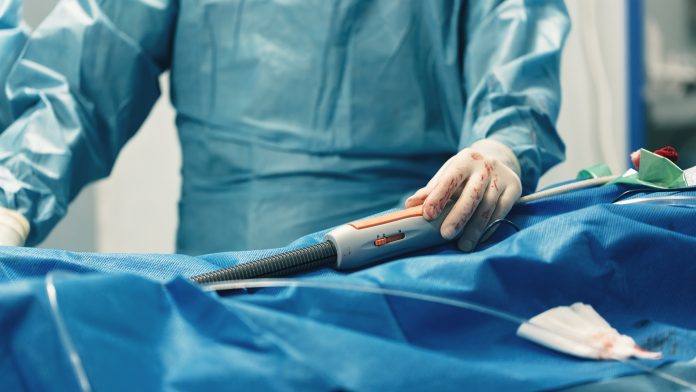
Researchers from the University of Sheffield have found evidence of socioeconomic disparities in abdominal aortic aneurysm survival rates.
According to the study titled ‘Socioeconomic disparities in abdominal aortic aneurysm repair rates and survival’, patients living in socioeconomically deprived areas who were hospitalised with an abdominal aortic aneurysm were more likely to die without receiving surgery.
The study also found that men from deprived areas, who had had a repair for an aortic aneurysm that had not ruptured, were more likely to have their procedure carried out as an emergency procedure than men from less deprived areas.
The research also uncovered that the death rate following surgery was higher for men who lived in deprived areas. However, the increased risk of death diminished with increasing age.
The association between socioeconomic deprivation and survival was less clear in women.
What causes aortic aneurysms?
Aortic aneurysms occur when the aorta blood vessel, which is responsible for carrying blood from the heart through the chest and abdomen, begins to bulge. This typically happens in the abdomen. If the aneurysm bursts, the patient can become susceptible to life-threatening bleeding. The larger the aneurysm is, the more likely it is to burst.
Surgery can be performed to repair the aneurysm; however, pre-planned surgery is preferable to emergency surgery.
Abdominal aortic aneurysms are more common in men and older age; they are also more common in people living in socioeconomically deprived areas.
People in deprived areas are susceptible to the condition
“The disparities that we have found are clearly unacceptable. There is a national NHS screening programme which offers screening for the abdominal aortic aneurysm to all men when they turn 65. Still, uptake is lower in more deprived areas,” said Professor Ravi Maheswaran, Professor of Epidemiology and Public Health at the University of Sheffield’s School of Health.
“We know that this could lead to men living in deprived areas having a later diagnosis, greater risk of emergency surgery and poorer outcomes, including death,” he added.
The researchers noticed that planned surgery rates were higher in middle-aged men living in deprived areas, as expected. However, planned surgery rates in older men were lower in more deprived areas. This correlated with higher emergency surgery rates, including surgery for ruptured aneurysms, in more deprived areas.
“Interventions that can increase the uptake of aneurysm screening in socioeconomically deprived areas should lead to finding and surgically treating more men with aneurysms in these areas,” said Professor Jonathan Michaels, Honorary Professor of Clinical Decision Science at the University of and co-investigator on the study.
“Earlier identification of men with aneurysms should also help men who would benefit from lifestyle changes. This could include stopping smoking, eating healthily, exercising regularly, and maintaining a healthy weight which will help to reduce operative risks and cardiovascular mortality,” concluded Professor Michaels.









